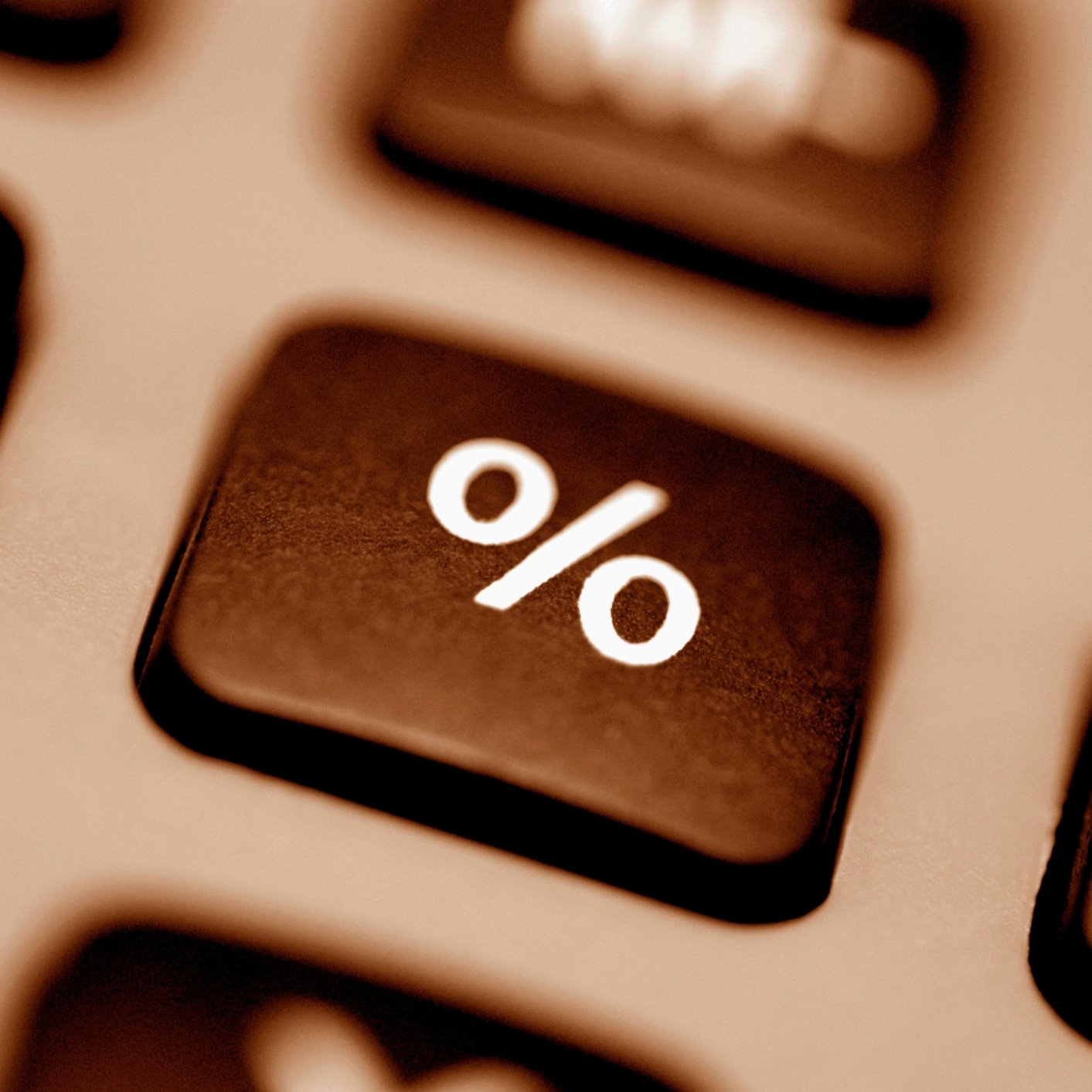Economy
Rationale for Rate Hikes Continues to Sink Into January FOMC Meeting

Published:
Last Updated:

With the Federal Open Market Committee (FOMC) decision on interest rates due around 2:00 p.m. Eastern Time, the markets remain cautious. It seems very unrealistic, or like too much of a risk, that Fed Chair Janet Yellen and the Federal Reserve presidents would vote to raise interest rates now. After all, a “gradual rate hike forecast” that the Fed presidents have all indicated should not mean two consecutive meeting hikes in a row.
Where the devil will be is in the FOMC’s statement. It is the statements rather than the actual fed funds rate remaining on hold that will hurt. It also seems that the consumer confidence and consumer sentiment may be outliers, with those remaining positive in January. The financial market turmoil hasn’t bled over there yet, but those consumer opinion polls ended before the stock market’s lows in January.
Note that the Fed is still hanging on to the notion that it will be data-driven and methodical in its rate hikes. It knows that economic data are weak, and the Fed is doing whatever it can to get back to a normalized interest rate environment.
Two key reports are not available ahead of the FOMC’s decision. That being said, the Fed members almost certainly know what those numbers will be. If not a formal number, they are definitely aware of what direction those numbers look like. The first is Thursday’s durable goods report, with Bloomberg looking for a 0.2% gain in December (flat, excluding transportation). The second key report is coming on Friday and offers the first look at fourth-quarter gross domestic product (GDP). Bloomberg is calling for a 0.9% gain, versus a 2.0% gain in the third quarter. Even the GDP price index is expected to be up 0.9%.
So, what other economic reports have hit that the Fed will be paying attention to? Again, most Fed presidents and talking heads have promised over and over to remain data-dependent, even if they are biased to raise interest rates.
The purchasing managers index (PMI) and Institute for Supply Management (ISM) readings have been mixed, with more cautionary tones. The pricing pressure seems to be heading back down as well, with input costs dropping again and with transportation numbers looking weak.
Unemployment and monthly payrolls are due next Friday. The Fed presidents will not have that data yet, as it is incomplete by far, but they must have seen that weekly jobless claims have been rising. Those weekly claims are even nearing 300,000 again.
The FOMC wants 2.0% to 2.5% inflation. Energy just is not cooperating, even if wages are and benefits costs have been rising. Lower energy prices put the Consumer Price Index, the key inflation metric, down very low.
The FOMC may care more about the broader economy than they do what CEOs and business owners want. Still, CEO confidence has been sliding going into 2016.
Another issue is that the Fed tries to stay out of politics and to avoid political pressure. Keyword: TRIES. Still, the Fed has to wonder about raising interest rates too much, thus driving up borrowing and government interest payment obligations, now that the Congressional Budget Office has forecast that the budget deficits will start rising again.
On top of everything else, the Fed knows that if it talks up interest rate hikes too much, it is going to push the dollar up in value. That will hurt U.S. corporate earnings and exports even further, and it will act as a deflationary pressure for the cost of our nation’s endless imports. The Fed hates to acknowledge China and other markets outside of the United States, but those are also problems keeping the Fed from being able to raise rates the way it wants to.
Does it matter if Mario Draghi has all but assured the financial markets that Europe will embark on even more quantitative easing measures and negative interest rates?
There you go. Stay tuned.
Warren Buffett loves dividend stocks, and has stuffed Berkshire with some of his favorites.
But he overlooked two dividend legends that continue to print checks on a new level, they’re nowhere in his portfolio.
Unlock the two dividend legends Buffett missed in this new free report.
Thank you for reading! Have some feedback for us?
Contact the 24/7 Wall St. editorial team.